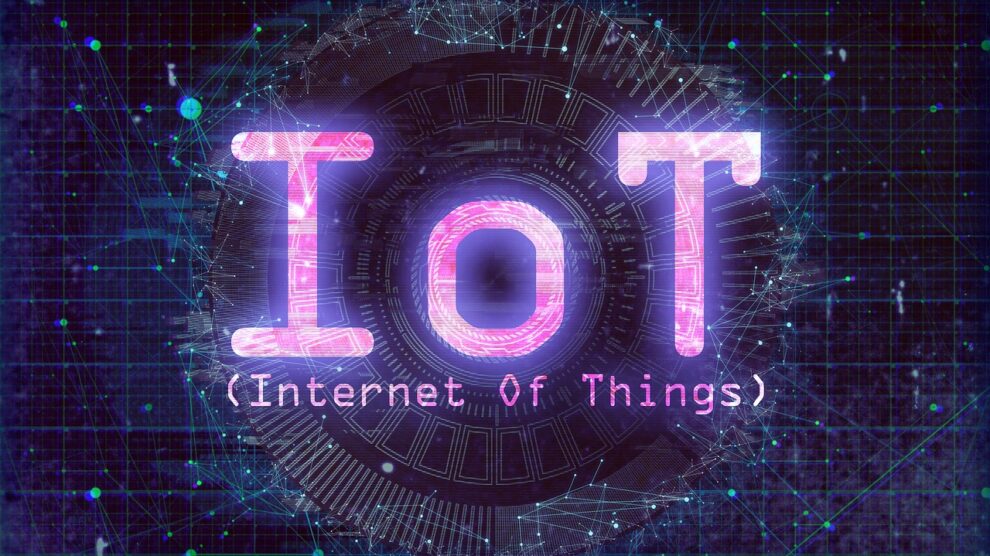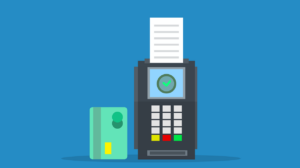The Internet of Things (IoT) has transformed the way we live our lives and has brought significant changes in the way we interact with our environment.
However, with great innovation comes great responsibility, and ensuring the security, functionality, and reliability of these IoT devices is critical.
This is where IoT testing comes into play, and it’s a field that’s rapidly evolving to keep pace with the ever-expanding landscape of IoT devices.
IoT testing is a complex and challenging process, but it’s also a fascinating world full of unexpected challenges and opportunities. So, let’s explore the framework, challenges, types, and tools of IoT testing.
Let’s dive in!
IoT Testing Framework
When it comes to IoT testing, having a solid testing framework is crucial. Think of it as the backbone of your testing process. A framework provides a structured approach to testing that ensures that every aspect of your IoT device is tested thoroughly.
The framework helps testers identify potential issues early on, allowing for more efficient and effective testing.
In simpler terms, the framework is like the recipe for baking a cake. Just as you need to follow a recipe to ensure that you have all the ingredients in the right quantities, a testing framework ensures that all aspects of your IoT device are tested in a structured and organized manner.
So, what makes a good IoT testing framework?
A good testing framework should have the following characteristics:
Modularity: An IoT system is made up of several components that work together. A modular framework allows testers to focus on one component at a time and ensure that it works as intended before moving on to the next.
Reusability: A good framework is designed to be reusable, meaning that testers can reuse the same testing scripts and test cases across different devices or versions of the same device.
Scalability: A testing framework should be able to handle the increasing complexity and diversity of IoT devices. It should be able to handle the large volumes of data generated by IoT devices and ensure that the testing process remains efficient and effective.
Flexibility: A good framework should be flexible enough to adapt to the specific needs of different IoT devices.
Types of IoT Testing
Testing IoT devices is a complex and challenging process that requires a range of different testing approaches. The following are the different types of testing in IoT that are commonly used:
Unit Testing: This approach focuses on testing individual components of an IoT device, ensuring that each one works correctly and integrates seamlessly with the others.
Functional Testing: This type of testing verifies the overall functionality of the IoT device, ensuring that it meets the intended purpose and end-user requirements.
Integration Testing: Integration testing evaluates the interoperability of various components in the IoT device, ensuring that they work together seamlessly.
Performance Testing: This approach focuses on testing the IoT device’s performance, including its response time, scalability, and capacity.
Security Testing: Security testing is crucial in IoT testing to ensure that the device is secure, and user data is protected from unauthorized access.
Compatibility Testing: Compatibility testing ensures that the IoT device is compatible with different platforms and operating systems, which is essential since IoT devices operate across various platforms and systems.
Usability Testing: This type of testing ensures that the IoT device is user-friendly and easy to use, which is critical to the device’s overall success.
Challenges in IoT Testing:
Testing IoT devices is no easy feat. It comes with its own set of unique challenges that can make testing a complex and time-consuming process.
Some of the common challenges that testers face when testing IoT devices are:
Complexity: IoT devices have intricate structures that require multiple components to work in harmony. The complexity of these devices makes testing challenging as testers need to ensure that every component is thoroughly tested to ensure the device’s reliability and functionality.
Diversity: IoT devices have diverse applications and are used across various industries and sectors, each with unique requirements. As such, testers must ensure that the device meets the specific requirements of each industry or sector, making testing a challenging task.
Scalability: As the number of IoT devices continues to grow, scalability is becoming an increasingly important challenge for testers. IoT devices generate large volumes of data, which can make testing resource-intensive and time-consuming.
Security: Security is a critical concern when it comes to IoT devices. The interconnected nature of IoT devices makes them vulnerable to security breaches and cyber-attacks. Testers must ensure that IoT devices are thoroughly tested for security vulnerabilities to prevent data breaches and protect users’ privacy.
Interoperability: IoT devices need to work seamlessly with other devices and systems, which can be a challenging task. Interoperability testing is essential to ensure that the device integrates smoothly with other components and meets user expectations.
Connectivity: IoT devices rely on connectivity to function. However, connectivity can be unreliable and unstable, making testing challenging for testers. Ensuring that the device works under various connectivity conditions is essential to guarantee user satisfaction.
IoT Testing Tools
Testing IoT devices is a critical task that requires a diverse range of tools to ensure that the device functions correctly and is ready for deployment.
Here are some of the commonly used IoT testing tools that testers rely on:
JUnit: JUnit is a widely used unit testing framework designed for Java applications. With JUnit, testers can write and execute automated tests for IoT devices.
Selenium: Selenium is a popular testing tool for web applications that allows testers to automate testing tasks and ensure that IoT devices work seamlessly with web applications.
SoapUI: SoapUI is a powerful testing tool for web services that enables testers to evaluate the performance and security of IoT devices that rely on web services.
Apache JMeter: Apache JMeter is a robust testing tool that allows testers to simulate various scenarios and test the scalability of IoT devices.
Postman: Postman is a testing tool for APIs that enables testers to verify the functionality of IoT devices that rely on APIs.
Wireshark: Wireshark is a network protocol analyzer that enables testers to inspect the network traffic generated by IoT devices and identify potential issues.
Appium: Appium is a widely used testing tool for mobile applications. With Appium, testers can automate testing tasks and ensure that IoT devices work seamlessly with mobile applications.
By using these IoT testing tools, testers can streamline their testing efforts and ensure that IoT devices meet their quality and performance requirements before deployment.
Conclusion
IoT testing is a critical aspect of the IoT ecosystem that helps to ensure that devices are thoroughly tested and ready for use. IoT testing frameworks, types, and tools are all essential components of a comprehensive IoT testing strategy.
By using these tools and techniques, testers can identify and address issues early in the IoT mobile app development cycle, ensure that devices meet the required standards for scalability, security, and interoperability, and ultimately provide users with a seamless and reliable experience.
As the world becomes increasingly connected, the importance of IoT testing will only continue to grow, making it a crucial area for developers, testers, and businesses to focus on.





